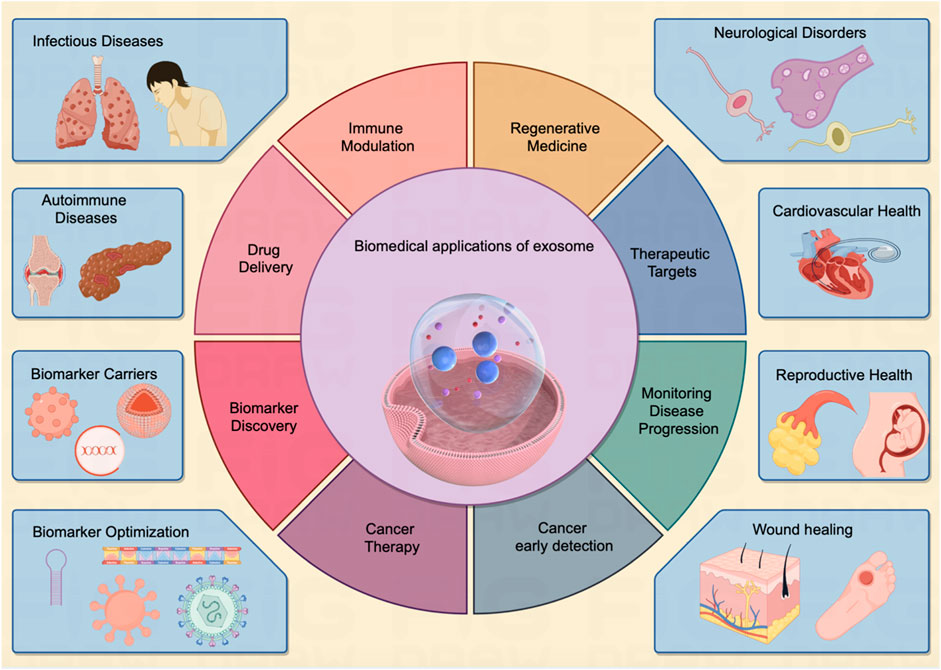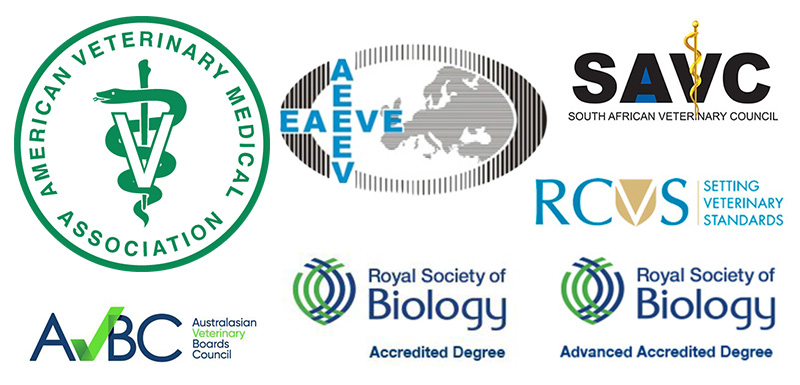Public Health Report: Hepatitis A Exposure at Toronto Establishment
Incident Overview
Toronto Public Health has issued an advisory regarding a potential exposure to Hepatitis A at the Earls restaurant located at 601 King St. W. A confirmed case of the virus was identified in a food handler employed at the establishment. Patrons who visited the restaurant during specific dates and times may be at risk of infection.
The potential exposure periods are as follows:
- Friday, July 11: 4:00 p.m. to close
- Saturday, July 12: 4:30 p.m. to close
- Tuesday, July 15: 4:30 p.m. to close
- Wednesday, July 16: 7:00 p.m. to close
Alignment with Sustainable Development Goal 3: Good Health and Well-being
This public health response directly aligns with the United Nations’ Sustainable Development Goal 3 (SDG 3), which aims to ensure healthy lives and promote well-being for all at all ages. The actions taken by Toronto Public Health support key targets within this goal:
- Target 3.3: By actively working to control a potential outbreak of Hepatitis A, a communicable disease, the city is contributing to the global effort to end epidemics of such diseases.
- Target 3.d: The issuance of a public advisory and the establishment of free vaccination clinics strengthen the city’s capacity for early warning, risk reduction, and management of national and global health risks. Proactive measures are fundamental to safeguarding community health.
Health Information and Symptoms
Hepatitis A is a highly contagious liver infection caused by the Hepatitis A virus. It is primarily spread through the fecal-oral route, often due to inadequate handwashing after using the restroom or before handling food. The incubation period for the virus ranges from 15 to 50 days post-exposure.
Symptoms of Infection
Individuals exposed to the virus are advised to monitor for the following signs and symptoms:
- Fever
- Tiredness and fatigue
- Loss of appetite
- Nausea and vomiting
- Dark urine
- Stomach pains
- Jaundice (yellowing of the skin and eyes)
Preventative Measures and Public Health Recommendations
The most effective method of preventing Hepatitis A infection is vaccination. If administered within 14 days of exposure, the vaccine can prevent the infection from developing. Toronto Public Health strongly encourages diligent and frequent handwashing as a primary preventative measure.
Individuals experiencing symptoms, regardless of whether they visited the specified location, should contact Toronto Public Health or their primary healthcare provider immediately.
Public Vaccination Clinics
To mitigate the risk of an outbreak, the City of Toronto is offering free Hepatitis A vaccine clinics for anyone who may have been exposed. The clinics will be held at 55 John St. during the following times:
- Friday, July 25: 4:00 p.m. to 7:00 p.m.
- Saturday, July 26: 4:00 p.m. to 6:30 p.m.
Which SDGs are addressed or connected to the issues highlighted in the article?
-
SDG 3: Good Health and Well-being
The article’s primary focus is on a public health issue: a Hepatitis A exposure. It discusses the disease, its transmission, symptoms, and preventative measures like vaccination. The response from Toronto Public Health, including public warnings and free vaccine clinics, directly relates to ensuring the health and well-being of the population.
-
SDG 6: Clean Water and Sanitation
The article explicitly states that Hepatitis A is spread through the stool of an infected person and that “unwashed hands are a frequent culprit behind outbreaks.” This directly links the health crisis to a failure in basic hygiene practices, which is a core component of SDG 6.
What specific targets under those SDGs can be identified based on the article’s content?
SDG 3: Good Health and Well-being
-
Target 3.3: By 2030, end the epidemics of AIDS, tuberculosis, malaria and neglected tropical diseases and combat hepatitis, water-borne diseases and other communicable diseases.
The article is centered on combating a “case of Hepatitis A” to prevent a wider outbreak. The public health advisory and vaccination efforts are direct actions to “combat hepatitis,” as specified in this target.
-
Target 3.8: Achieve universal health coverage, including financial risk protection, access to quality essential health-care services and access to safe, effective, quality and affordable essential medicines and vaccines for all.
The City of Toronto’s action of hosting “free Hepatitis A vaccine clinics” for anyone potentially exposed is a clear example of providing access to essential vaccines without financial barriers, which is a key aspect of achieving universal health coverage.
-
Target 3.d: Strengthen the capacity of all countries, in particular developing countries, for early warning, risk reduction and management of national and global health risks.
The entire response detailed in the article—from Toronto Public Health issuing a timely warning to the public about the exposure risk, to organizing a rapid vaccination response—demonstrates a strong local capacity for early warning, risk reduction, and management of a public health risk.
SDG 6: Clean Water and Sanitation
-
Target 6.2: By 2030, achieve access to adequate and equitable sanitation and hygiene for all and end open defecation, paying special attention to the needs of women and girls and those in vulnerable situations.
The article’s identification of “unwashed hands” as a frequent cause of Hepatitis A outbreaks directly points to the importance of hygiene. The incident at the restaurant, where the disease was confirmed in an employee, highlights a lapse in hygiene practices in a public setting, underscoring the need to ensure access to and practice of proper hygiene for all.
Are there any indicators mentioned or implied in the article that can be used to measure progress towards the identified targets?
SDG 3: Good Health and Well-being
-
Indicator 3.3.4: Hepatitis B incidence per 100,000 population.
Although the article discusses Hepatitis A, the principle of tracking disease incidence is directly implied. The report of a “case of Hepatitis A” and the concern about a potential outbreak are the foundational data points used to calculate disease incidence. The goal of the public health response is to keep this incidence rate as low as possible.
-
Indicator 3.8.1: Coverage of essential health services.
The provision of “free Hepatitis A vaccine clinics” is a tangible measure of an essential health service being delivered. The number of people vaccinated at these clinics could be used as a direct measurement for this indicator in the context of this specific health response.
-
Indicator 3.d.1: International Health Regulations (IHR) capacity and health emergency preparedness.
The actions of Toronto Public Health, as described in the article, serve as a qualitative measure of this indicator. The city’s ability to quickly identify a risk, inform the public (“Toronto Public Health advising of Hepatitis A exposure risk”), and mobilize resources (vaccine clinics) demonstrates a high level of health emergency preparedness.
SDG 6: Clean Water and Sanitation
-
Indicator 6.2.1: Proportion of population using (a) safely managed sanitation services and (b) a hand-washing facility with soap and water.
The article implies the relevance of this indicator by citing “unwashed hands” as the transmission method. An outbreak originating from a food service employee suggests a failure in the consistent use of hand-washing facilities. The public health advice to “wash your hands thoroughly and regularly” reinforces that access to and proper use of hand-washing facilities are critical for preventing such outbreaks.
SDGs, Targets and Indicators Table
| SDGs | Targets | Indicators |
|---|---|---|
| SDG 3: Good Health and Well-being | Target 3.3: Combat hepatitis and other communicable diseases. | Indicator 3.3.4: Implied by the reporting of a “case of Hepatitis A” and efforts to prevent an outbreak, which relates to tracking disease incidence. |
| SDG 3: Good Health and Well-being | Target 3.8: Achieve universal health coverage, including access to affordable essential medicines and vaccines. | Indicator 3.8.1: Demonstrated by the provision of “free Hepatitis A vaccine clinics,” which measures the coverage of essential health services. |
| SDG 3: Good Health and Well-being | Target 3.d: Strengthen capacity for early warning, risk reduction, and management of health risks. | Indicator 3.d.1: Demonstrated by the rapid and organized response of Toronto Public Health, indicating strong capacity for health emergency preparedness. |
| SDG 6: Clean Water and Sanitation | Target 6.2: Achieve access to adequate and equitable sanitation and hygiene for all. | Indicator 6.2.1: Implied by the identification of “unwashed hands” as the cause, highlighting the critical importance of access to and use of hand-washing facilities. |
Source: blogto.com







